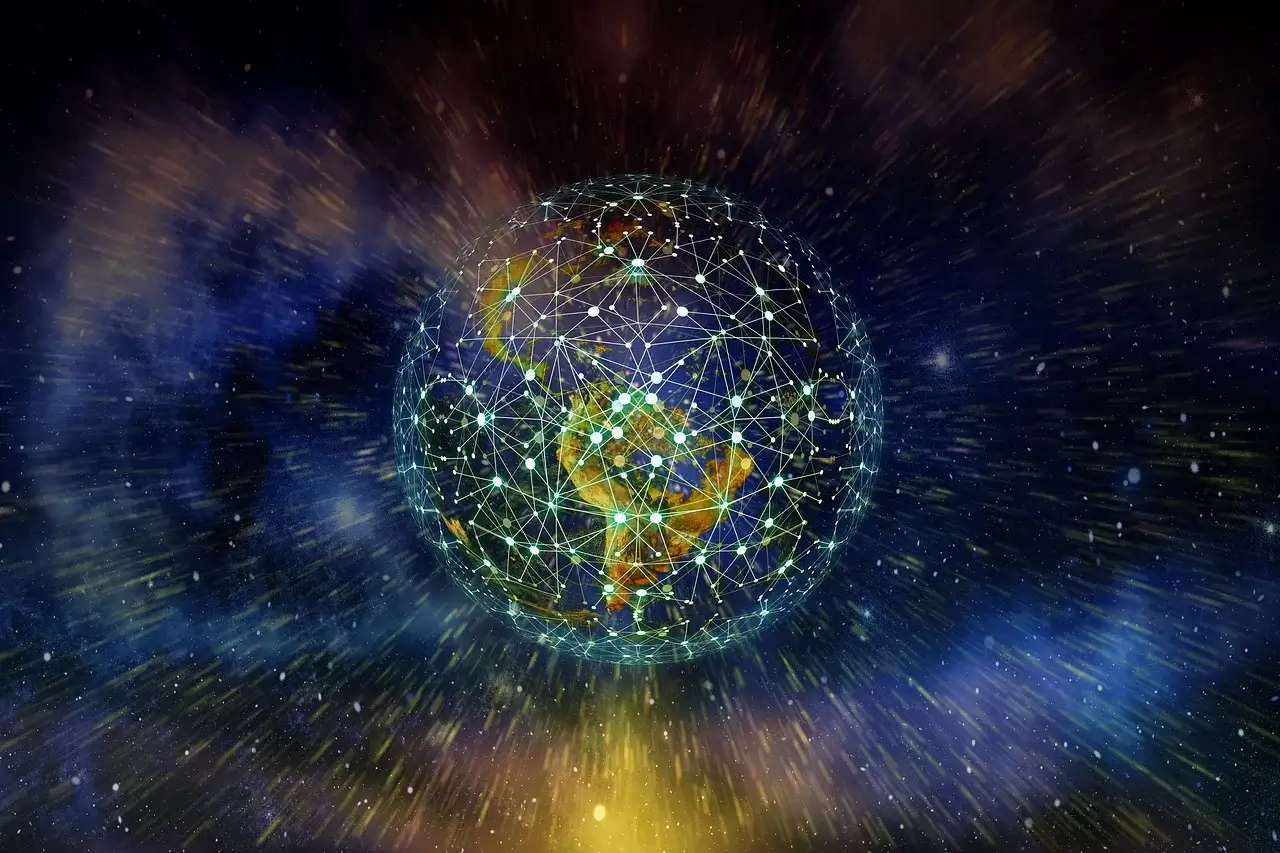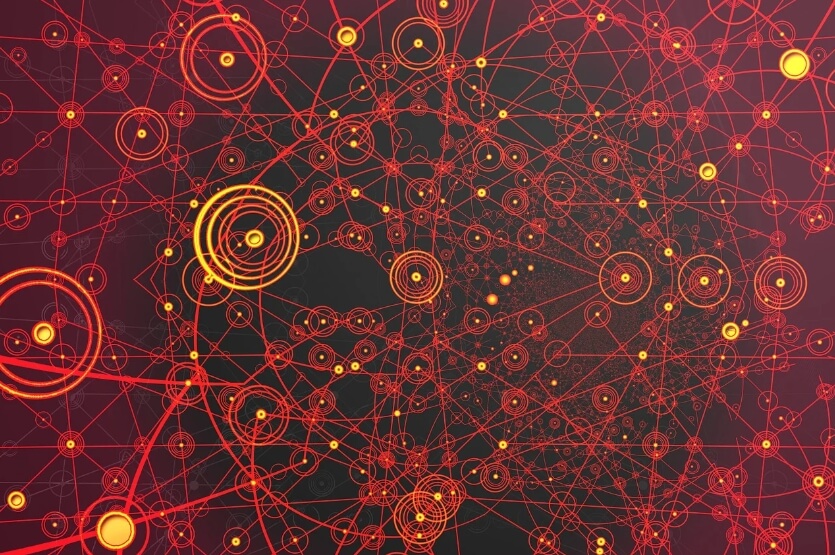The generation and development of online public opinion follows a series of complex and orderly laws, which not only reflect the characteristics of Internet information dissemination, but also reflect the mapping of human social psychology and behavior patterns in cyberspace. Understanding the generation and development laws of online public opinion is crucial for enterprises and even individuals, because it can help us predict the trend of public opinion and formulate corresponding response strategies. The following are the main laws of the generation and development of online public opinion:
1. Information trigger point
The generation of online public opinion often originates from one or more information trigger points. These trigger points can be emergencies, celebrity words and deeds, policy changes, corporate behavior, social phenomena, etc. Once the information of the trigger point is released, it may quickly attract public attention and become the focus of public opinion.

2. Emotional resonance and emotional resonance
After the information is triggered, if it touches the public's emotional resonance points, such as justice, anger, sympathy, curiosity, etc., it will form an emotional resonance on the Internet. This emotional resonance spreads rapidly through social media functions such as sharing, commenting, and liking, turning the original local attention into a widespread social hot spot.
3. Information fission and dissemination network
The spread of online public opinion relies on the information fission effect of the Internet. On social media platforms, information spreads exponentially through interpersonal networks, gradually expanding from the initial small circle to a larger audience. This fission-like spread method enables public opinion to cover a wide range of people in a short period of time and form a strong public opinion momentum.
4. Public Opinion Evolution Cycle
The development of online public opinion usually goes through a process from germination, outbreak, peak to decline. In the germination stage, public opinion has just begun to form and the attention is low; then it enters the outbreak stage, public opinion heats up rapidly and the attention rises sharply; when it reaches the peak stage, public opinion reaches its maximum heat and becomes the focus of the whole society; finally, under the influence of various factors, public opinion gradually cools down until it disappears.
5. Reversal and reshaping of public opinion
Online public opinion is not static, it may be reversed or reshaped due to the emergence of new information, authoritative interpretation, public reflection, etc. For example, an event that was initially widely criticized may gain public understanding and support after new evidence is exposed.
6. Official response and public expectations
In the development of public opinion, the response of the authorities or the parties involved has an important impact on the direction of public opinion. Timely, transparent and responsible responses can effectively alleviate public doubts and calm public opinion; on the contrary, slow, vague or evasive responses may aggravate public dissatisfaction and lead to escalation of public opinion.
7. Public Opinion Memory and Forgetting Curve
The life cycle of public opinion is limited. As time goes by, public attention will gradually shift, the original public opinion will lose its heat, and eventually fade out of the public's view. However, some major events may leave a deep impression on the public, forming public opinion memory, which will affect the handling of similar events in the future and the public's response.
8. Impact of Technology and Algorithms
The development of modern online public opinion is influenced by technological progress and algorithm recommendations. Technologies such as search engine optimization, big data analysis, and artificial intelligence recommendation systems not only affect the visibility of information, but also determine the type of information received by some members of the public, which in turn affects the formation and spread of public opinion.
in conclusion
The generation and development of online public opinion follows specific laws, which cover the entire process from information triggering to the decline of public opinion. Understanding these laws can help relevant parties adopt more precise and effective strategies, which has important practical significance whether it is to prevent public opinion crises or to use public opinion to promote the dissemination of positive information. In the ever-changing online environment, mastering the laws of public opinion and adjusting strategies in a timely manner are the key to maintaining social stability and promoting the healthy dissemination of information.






